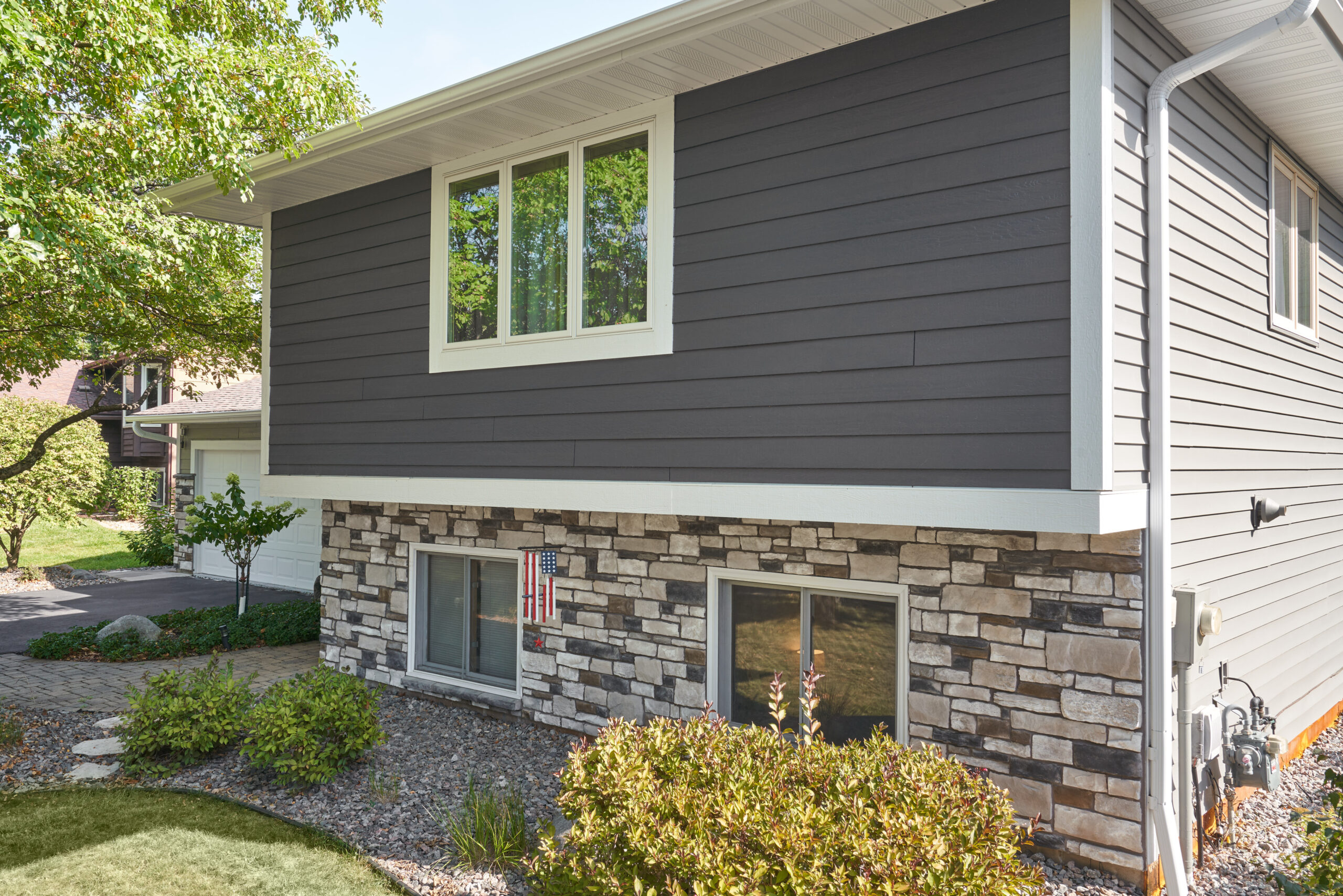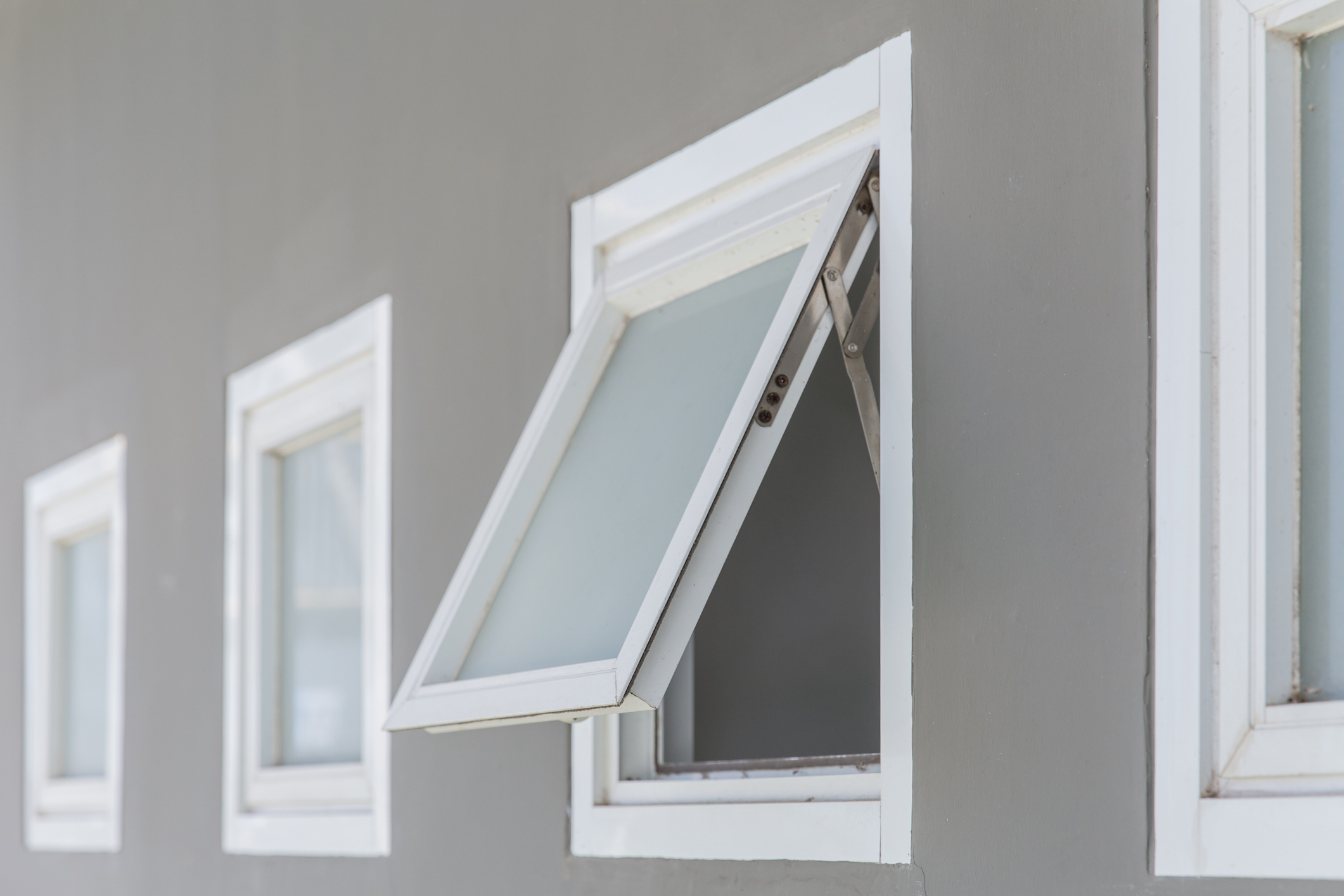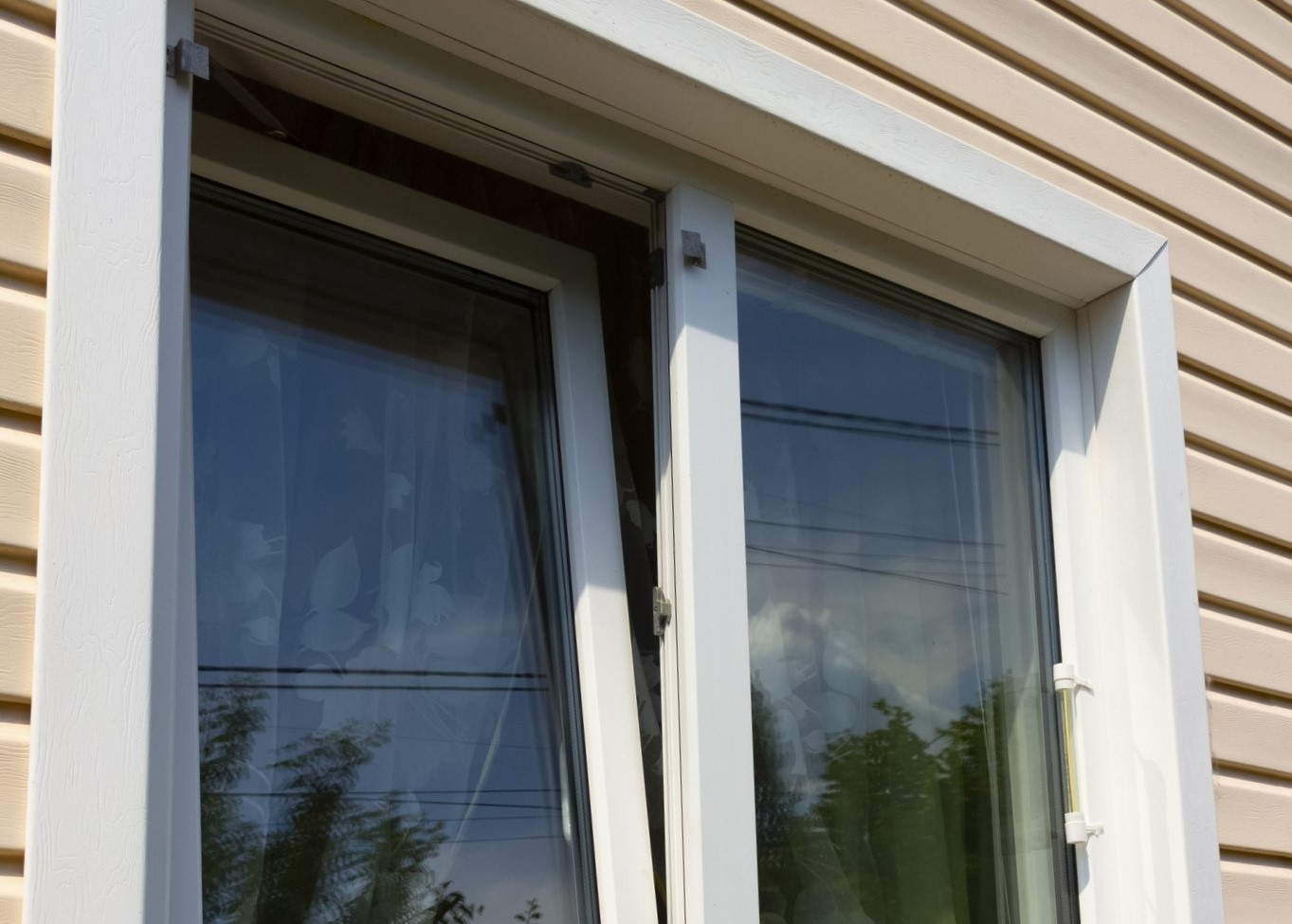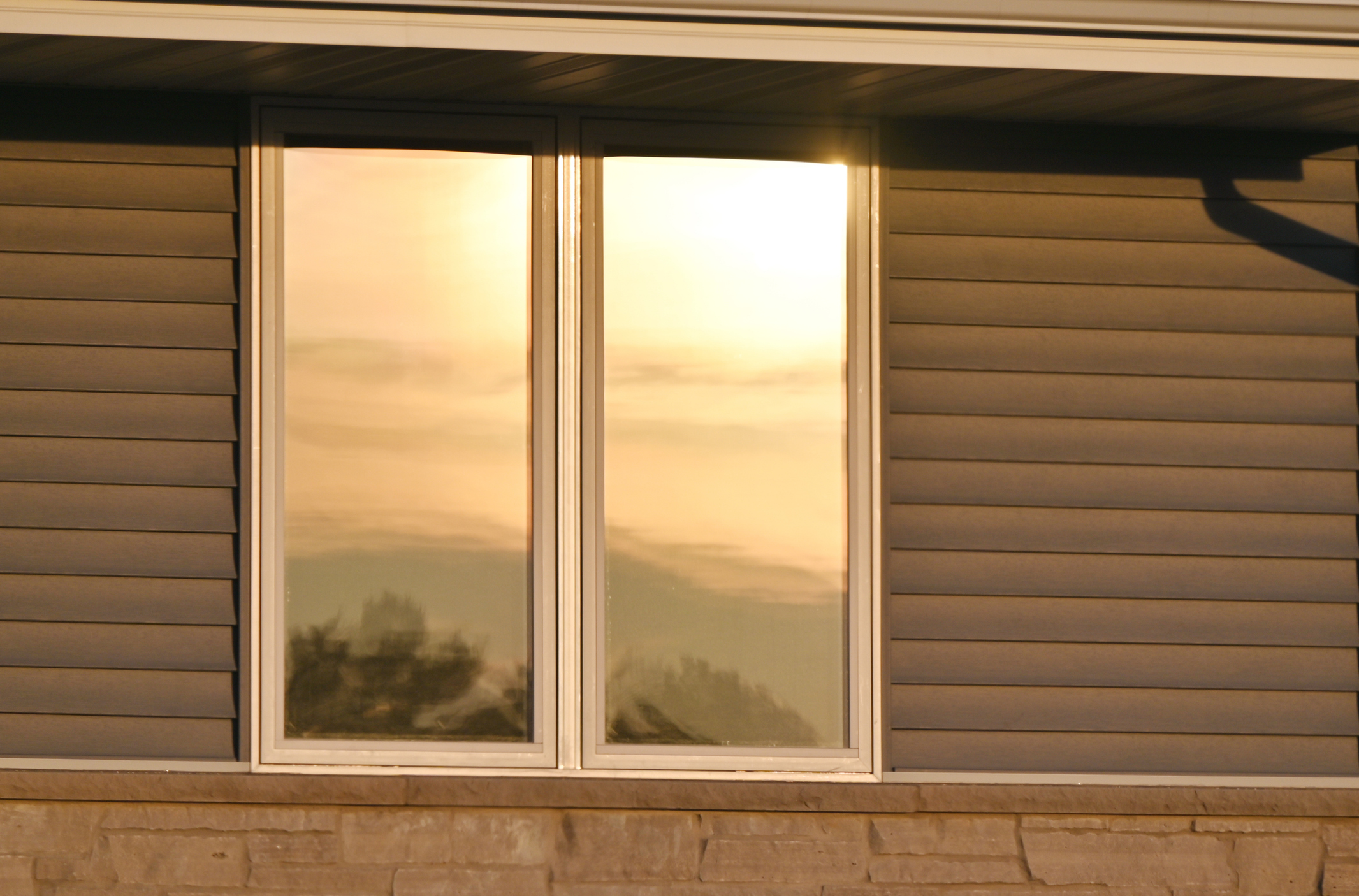Looking for a window type that delivers maximum airflow and is easy to open and close? You may want to check out the highly versatile casement window styles.
Homeowners have many different types of windows to consider when constructing a home or planning for an upgrade. Each type offers its own perks; however, casement windows provide unique advantages that make them a good choice for certain areas of the home. So, what are casement windows, and how do they work? We explore each of these questions and more below.
Ready to upgrade your windows? Minnesota Exteriors offers a wide selection of residential window and door solutions for the home.
What Is a Casement Window?
Casement windows open on a hinge using a hand crank that’s attached to the frame. For this reason, they may also be referred to as crank windows. They have a unique design and opening mechanism compared to other window types, and many find that the cranking motion is easier to manage than pushing a hung or sliding window open.
What does a casement window look like? They often feature one large pane of glass, offering unobstructed views of the outdoors, whether open or closed. However, they may be fitted with decorative grilles or grids depending on the specific design.
Casement Window vs. Double Hung Window
Casement and double-hung windows are two popular options for homeowners. The main difference between them is how they open, which directly impacts their appearance, functionality, and replacement costs. While a casement window opens on a hinge, double-hung windows feature two sashes placed vertically, which can each slide independently.
Homeowners may like casement windows for their ease of use, excellent ventilation, and unobstructed views. However, double-hung windows may be a better option for those seeking a budget-friendly option that’s easier to clean and has a slimmer profile.
Casement Window Types
There are a few different types of casement windows, which vary based on hinge placement, operation, and frame design. It’s important to understand these differences to ensure you’re selecting the best windows for your house.
Side Hung
A side-hung casement window has hinges on one side of the frame. This allows the window to open outward, similar to a door, providing excellent ventilation and a wide viewing area. As such, side-hung casement windows are often found in rooms like kitchens, bedrooms, or other areas that require maximum airflow.
Fixed
A fixed casement window does not open and is also referred to as a picture window since it provides an unobstructed view of the outdoors. It cannot provide ventilation and is mainly used as a way to maximize natural light in modern home designs. Given that it’s inoperable, there’s less risk of drafts, making it an energy-efficient option.
Top Hung
If the casement window has a hinge at the top of the frame, it’s referred to as top-hung. They open outward from the top, allowing air circulation while keeping out rain. Given their appearance when open, they’re also known as awning windows. They’re commonly used in basements, bathrooms, and other areas that need constant ventilation, regardless of the weather.
Not sure if you’re ready for an upgrade? Check out these four signs that you need to replace your windows.
Bottom Hung
A bottom-hung (hopper) casement window pivots open from the bottom, going inward rather than outward. It’s often used to control ventilation in commercial buildings, basements, or areas where safety is a concern.
Single Frame
A single-frame casement window consists of just one operable sash attached to the frame. They’re a popular choice in small spaces or areas where simplicity and easy maintenance are the priorities.
Double Frame
Double-frame casement windows feature two operable sashes that open outward for maximum ventilation. They operate similarly to French doors. These windows are best used in larger openings where airflow, natural light, and expansive views are essential.
On a budget? Learn about the best time of year to replace windows for the best deals.
Best Places For Casement Windows
Because casement windows provide excellent airflow, they’re ideal for locations like kitchens, bathrooms, and other high-moisture environments that require good ventilation. They’re also a good option for hard-to-reach areas, given that they’re easy to open by turning the crank with one hand.
Plus, their ability to catch side breezes when open and seal tightly when closed makes them an energy-efficient window style that’s popular in modern homes.
Minnesota Exteriors: Your Casement Window Replacement And Installation Experts
Casement windows are an excellent choice if you’re looking for something that’s easy to open, offers sweeping views of the outdoors, and creates a refreshing and airy environment. Depending on where you plan to install the window, there are a variety of casement window styles to suit your needs.
If you need help replacing or installing casement windows near the Twin Cities area, contact the expert team at MEI. Our team of professionals has worked on homes in the area for over 75 years, so we are a long-standing, trusted partner to homeowners in the community.
Contact us today for a free window replacement estimate, or browse our residential-grade window and door solutions for private residences and commercial properties.






